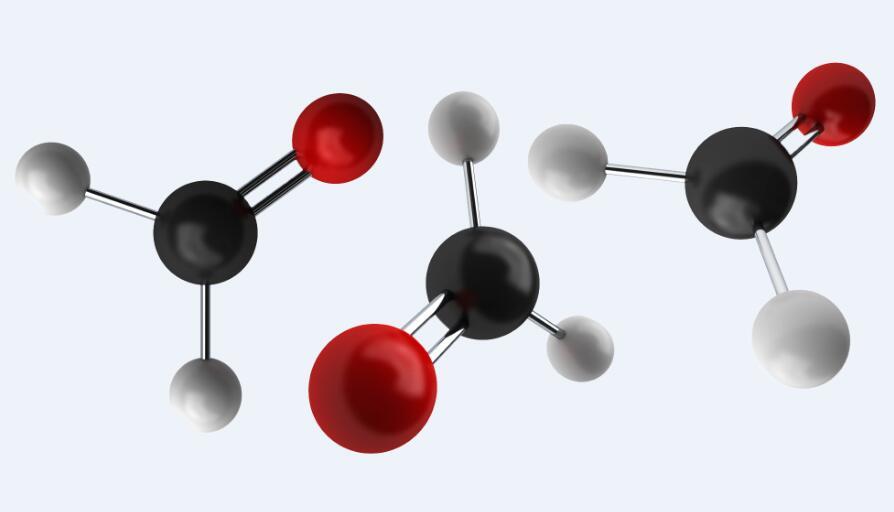Ethylene tetrafluoroethylene (ETFE) is a fluorine-based plastic. It was designed to have high corrosion resistance and strength over a wide temperature range. ETFE is a polymer and its source-based name is poly(ethene-co-tetrafluoroethene). ETFE has a relatively high melting temperature, excellent chemical, electrical and high-energy radiation resistance properties. When burned, ETFE releases hydrofluoric acid.

Useful comparison tables of PTFE against FEP, PFA and ETFE can be found on DuPont’s website, listing the mechanical, thermal, chemical, electrical, and vapour properties of each, side by side.
ETFE is effectively the high-strength version of the other three in this group, often featuring slightly diminished capacities in other fields by comparison.
Combustion of ETFE occurs in the same way as a number of other fluoropolymers, in terms of releasing hydrofluoric acid (HF). HF is extremely corrosive and toxic, and so appropriate caution must be exercised.
ETFE film is self-cleaning (due to its nonstick surface) and recyclable. It is prone to punctures by sharp edges and therefore mostly used for roofs. As a film for roofing it could be stretched (up to 3x) and still be taut if some variation in size occurs (due to thermal expansion, for example.) Employing heat welding, tears can be repaired with a patch or multiple sheets assembled into larger panels.
ETFE has an approximate tensile strength of 42 MPa (6100 psi), with a working temperature range of 89 K to 423 K (−185 °C to +150 °C or −300 °F to +300 °F).[3]
ETFE resins are resistant to ultraviolet light. An accelerated weathering test (comparable to 30 years’ exposure) produced almost no signs of film deterioration.
Post time: Aug-10-2017

